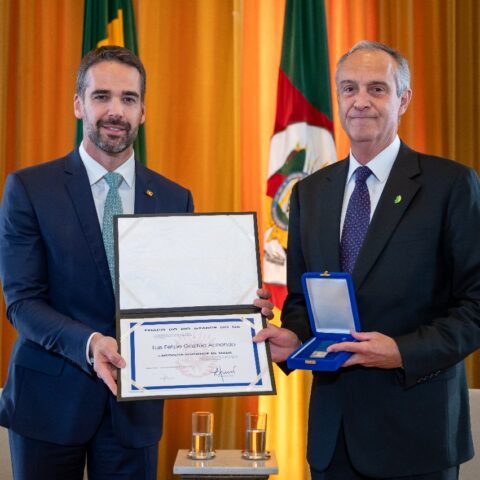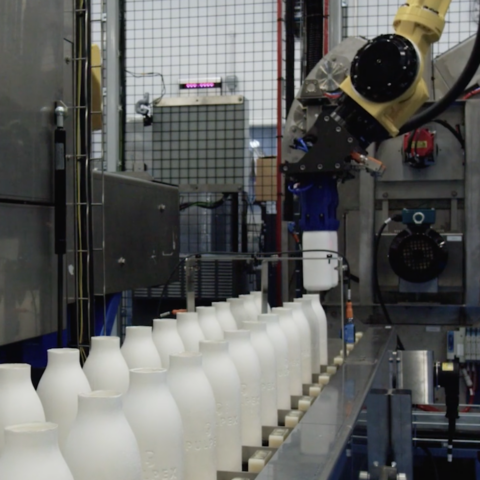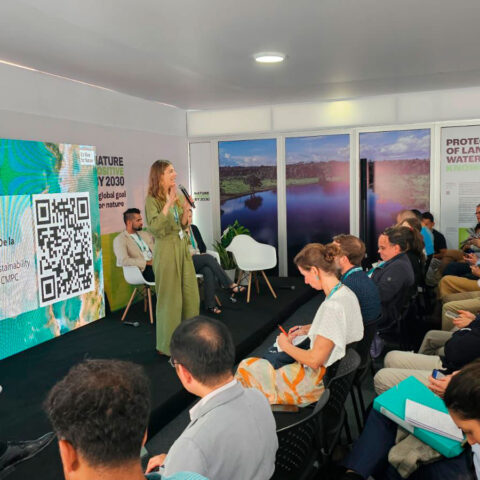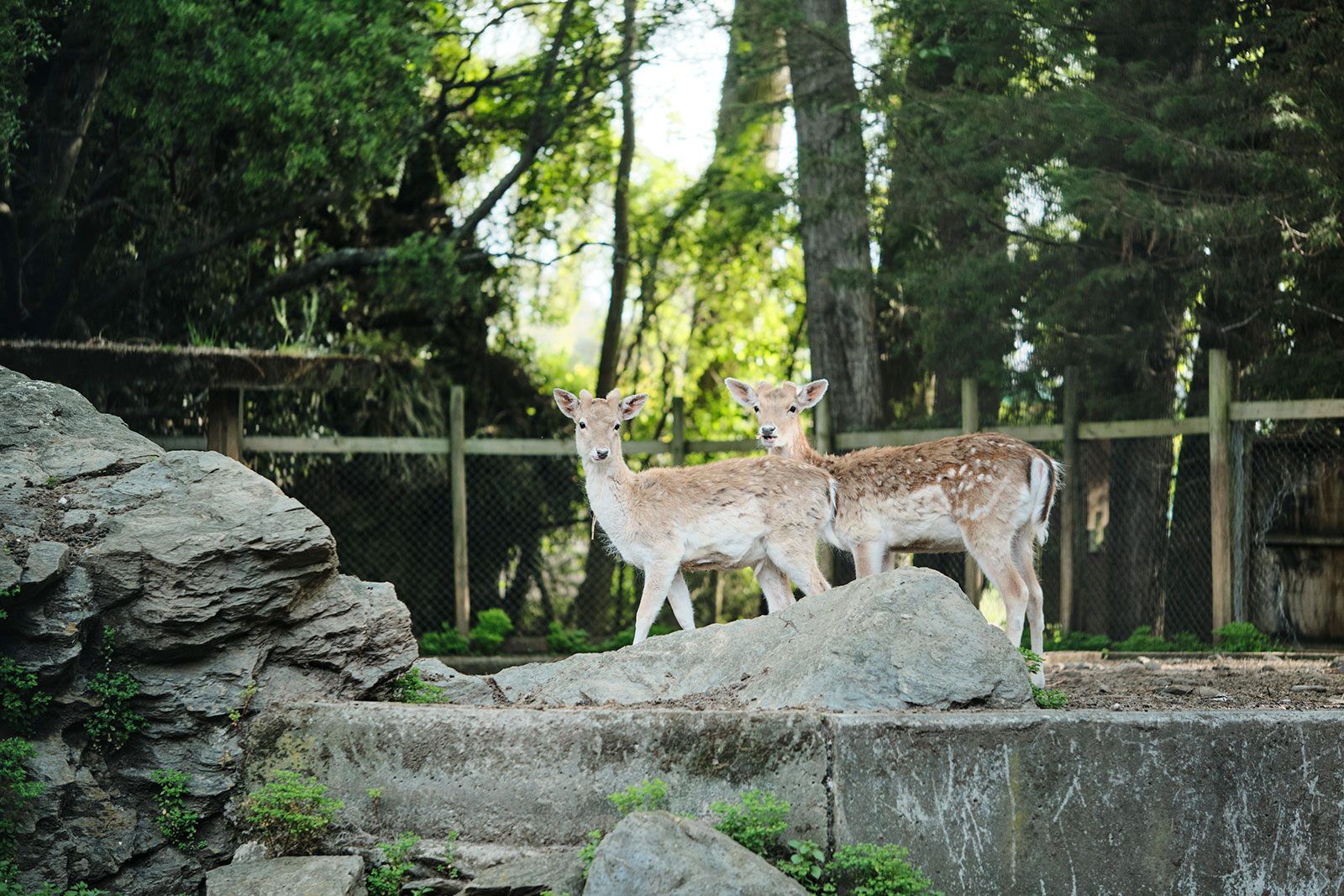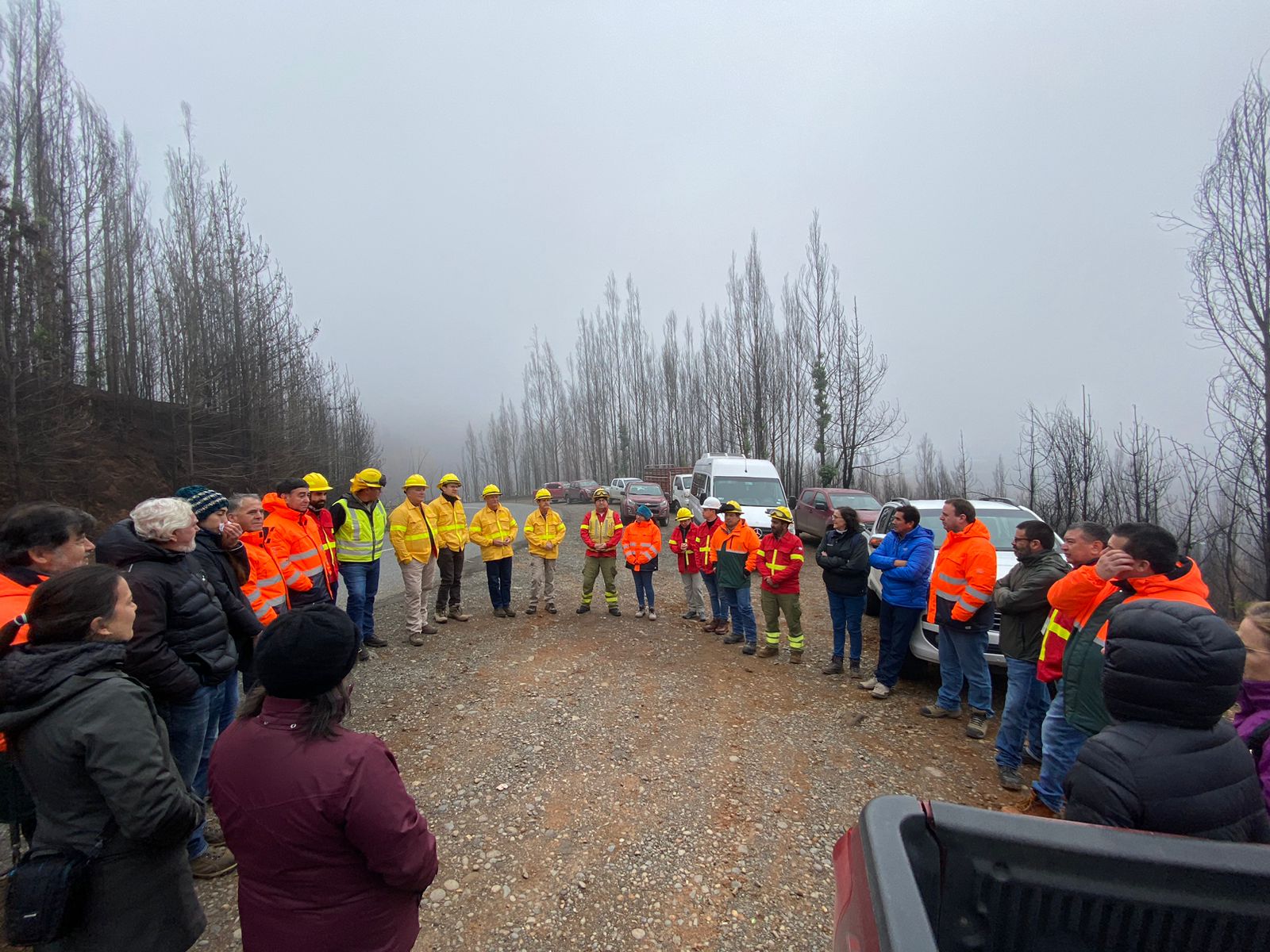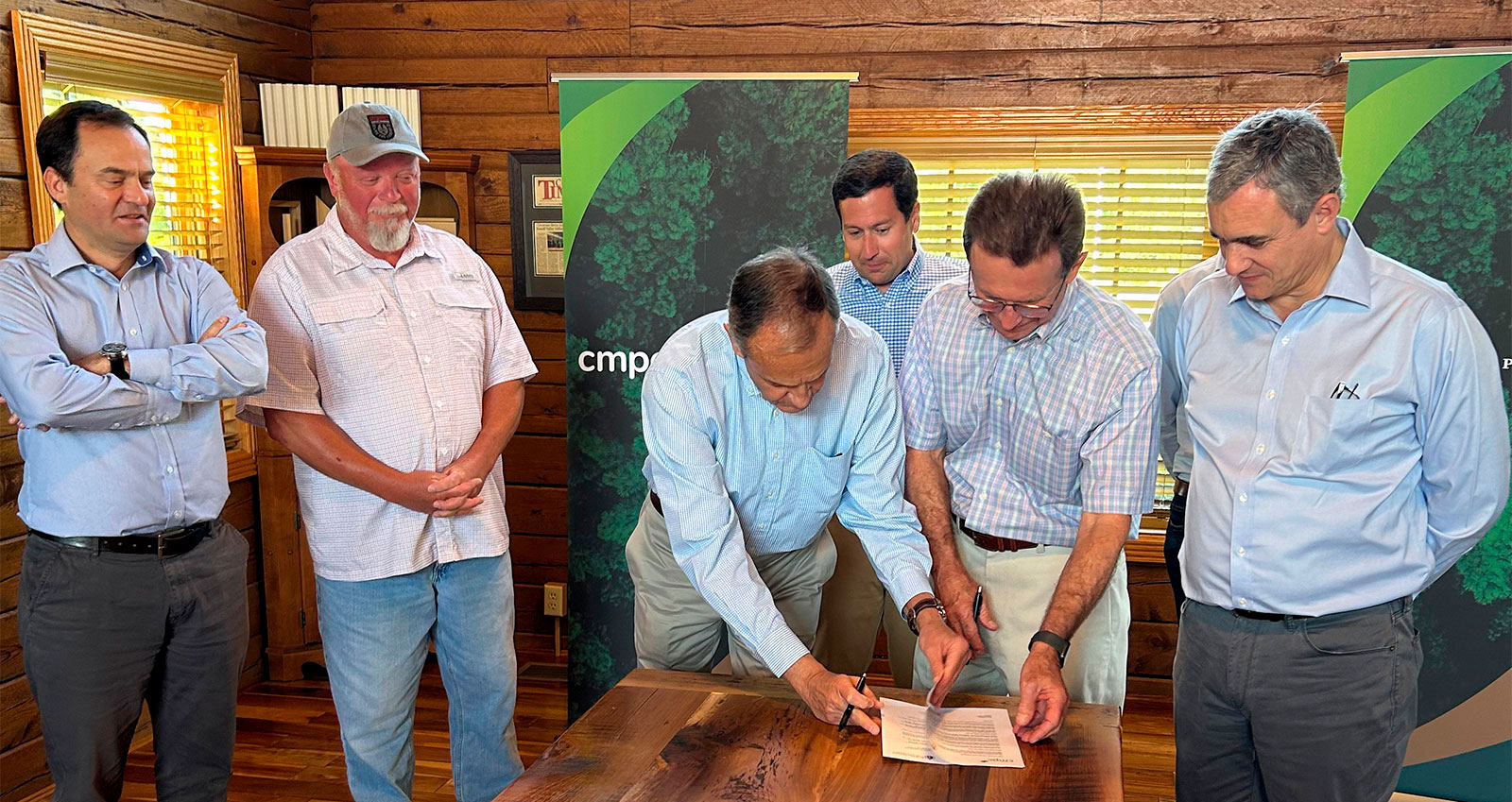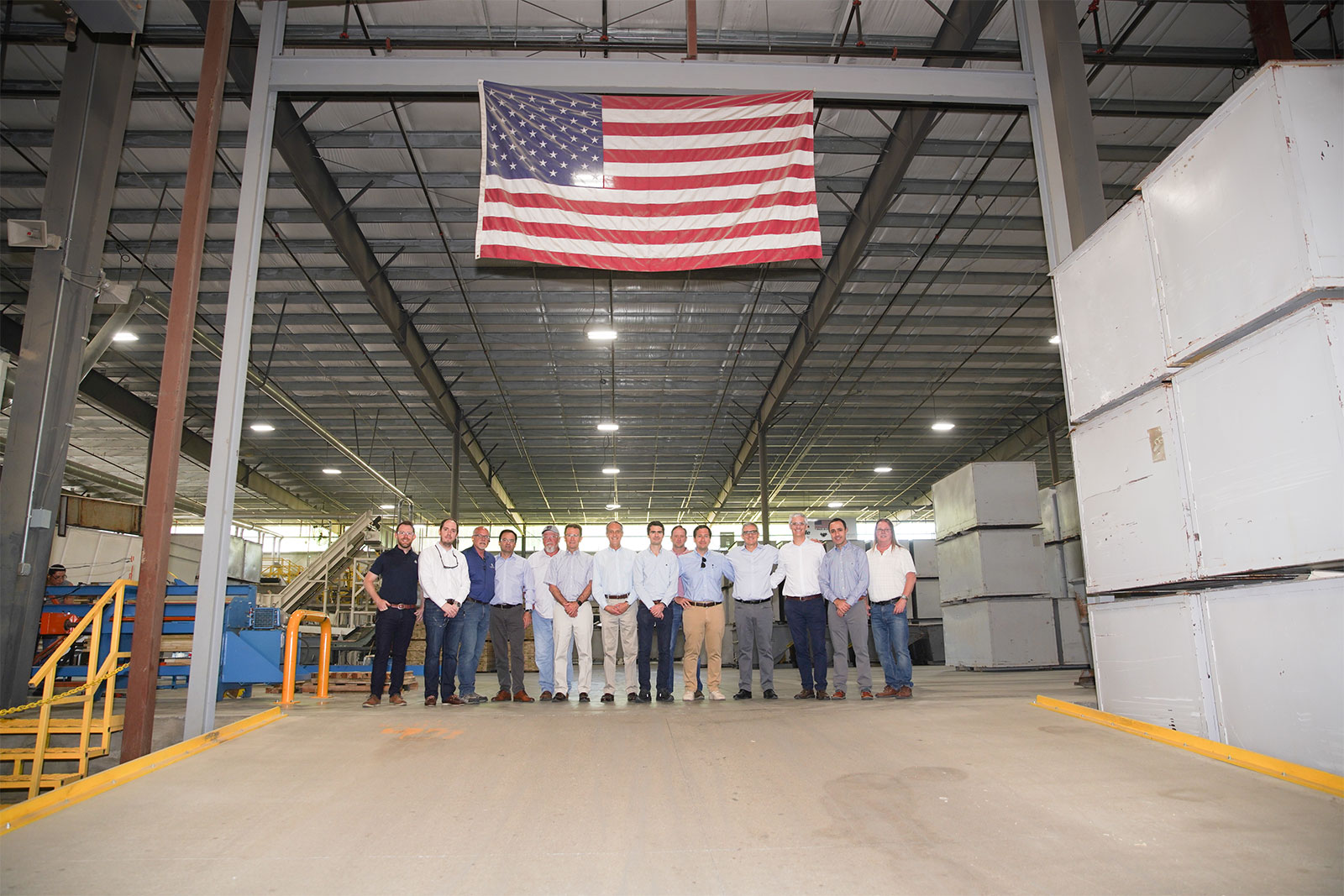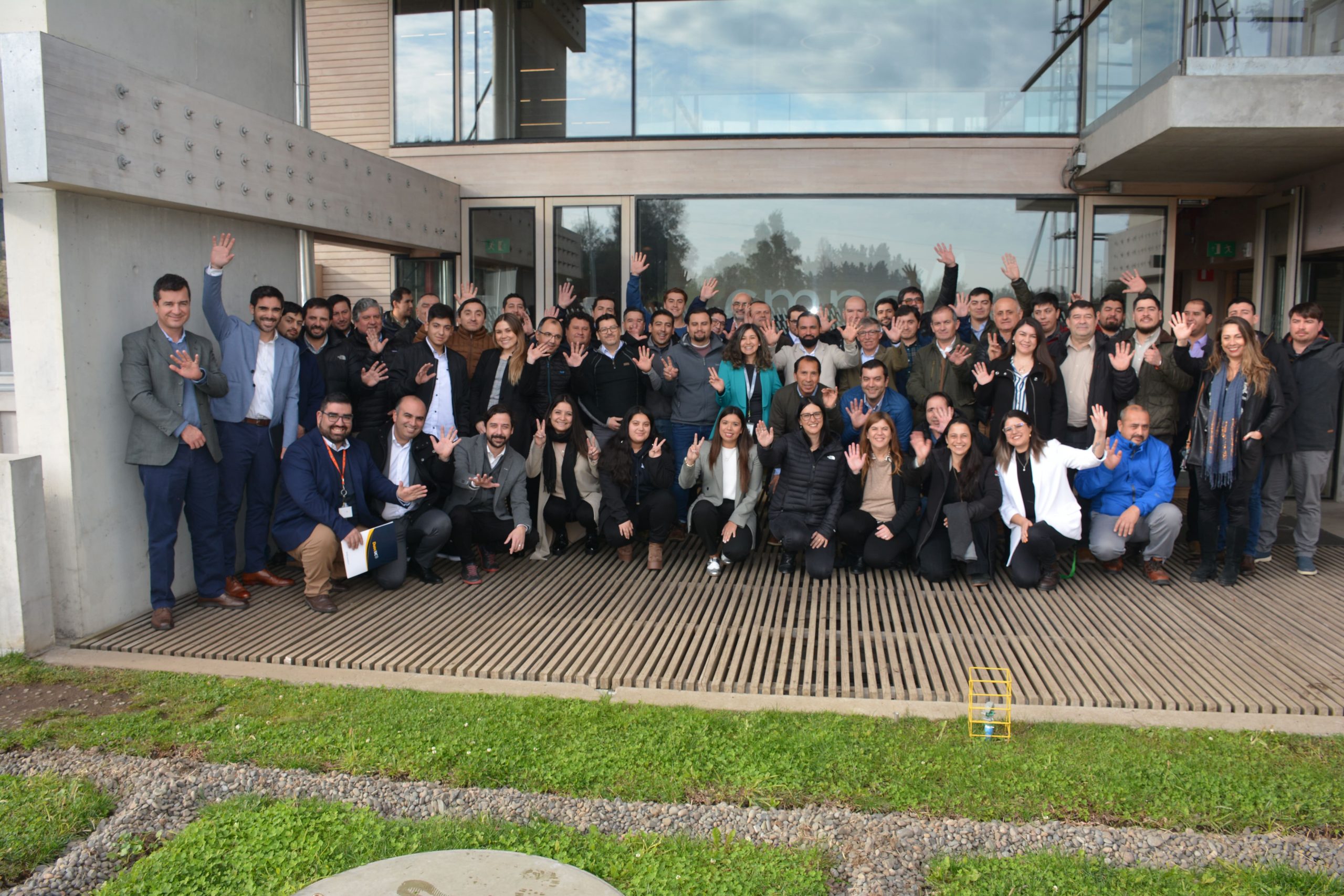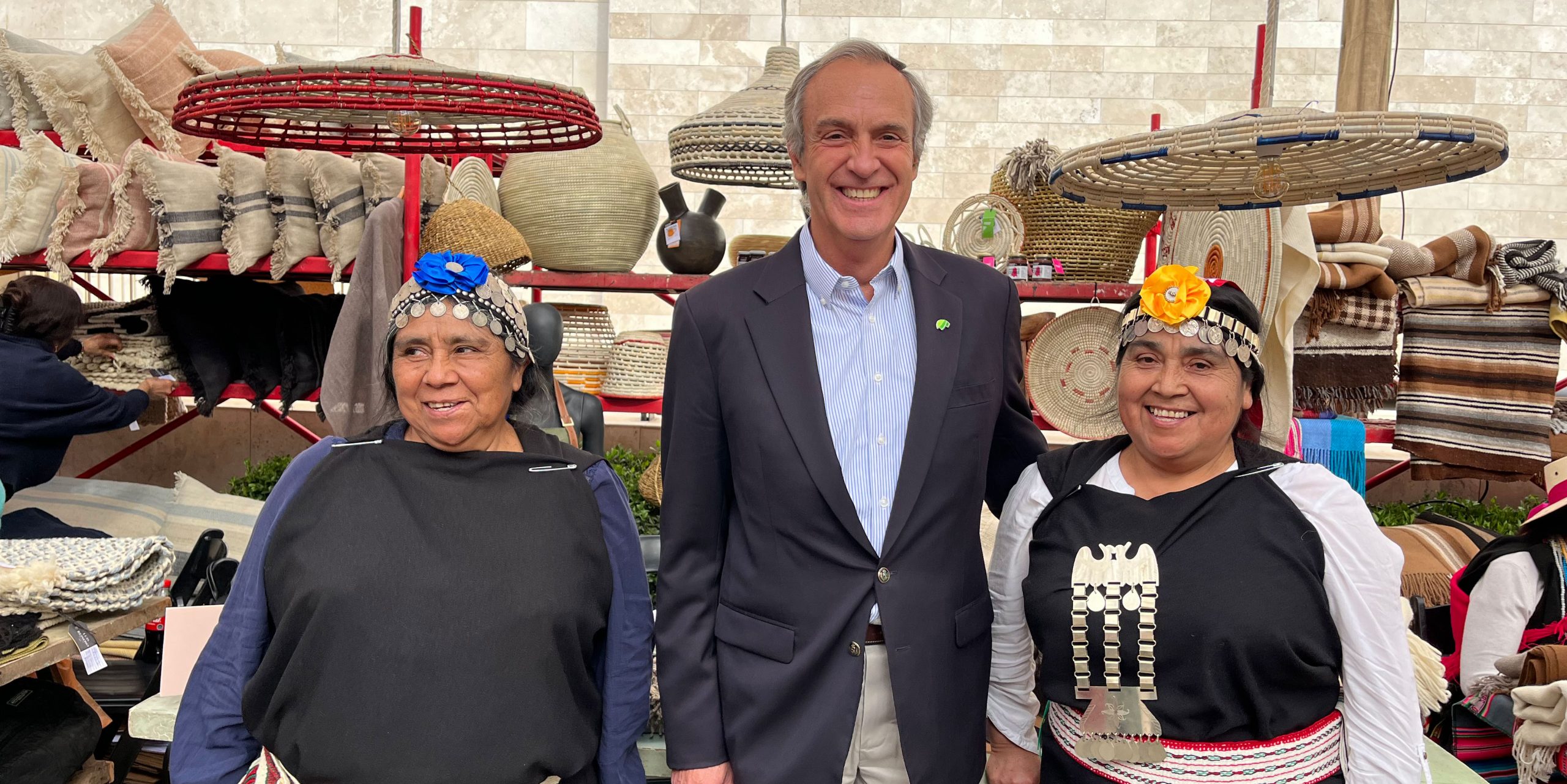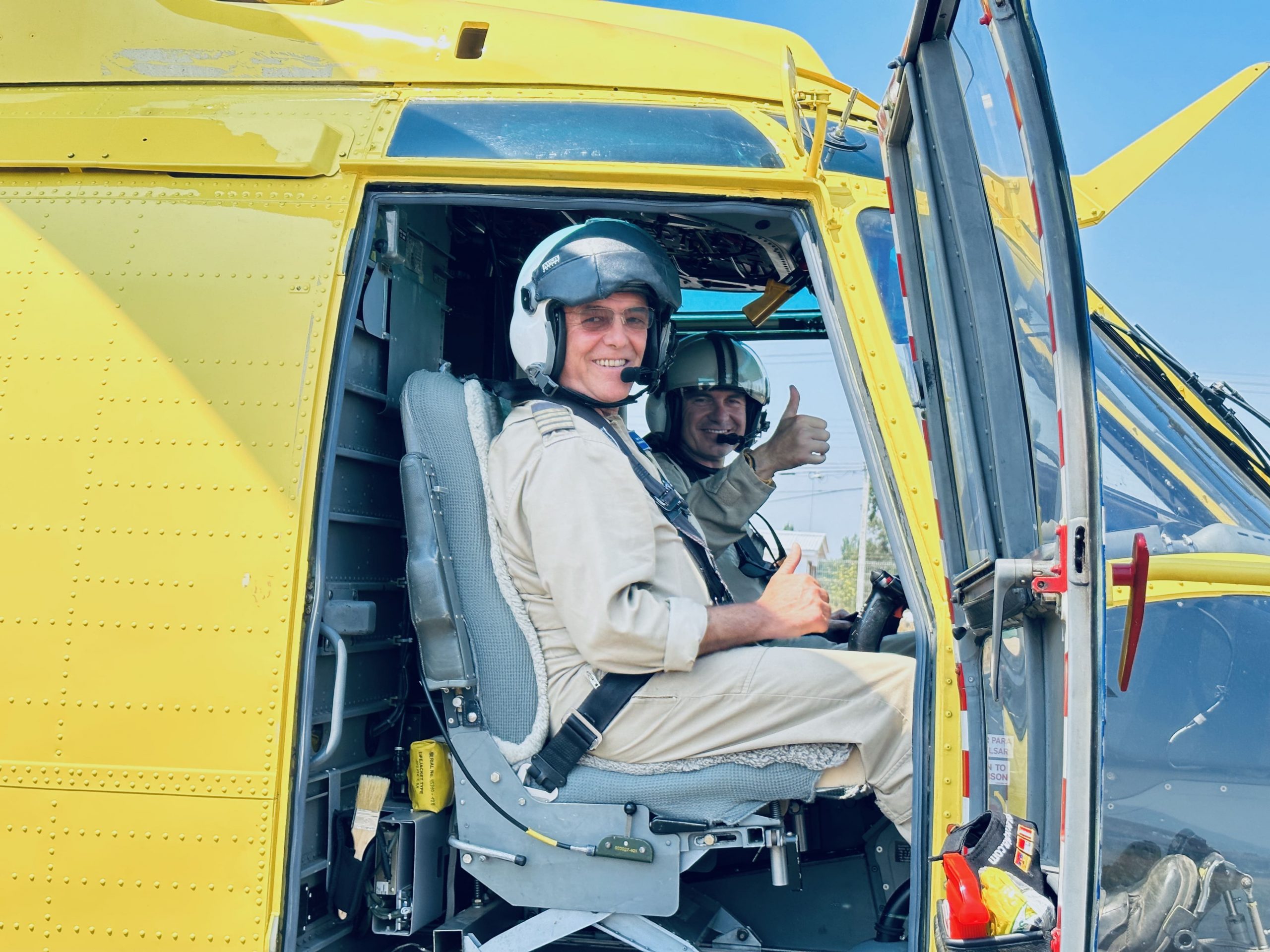
Super Puma, powerful helicopters joining the fight against forest fires
26 de January, 2023
CMPC has two new aerial resources to help in the fight against rural fires this season in the Biobío and Araucanía Regions in Chile. Known as Super Puma, these helicopters have a carrying capacity of 3,500 liters of water. They are currently operating in the Los Angeles and Angol districts.
The AS332 L2 helicopter is one of the largest models in terms of water-carrying capacity operating in the country today, said the Super Puma pilots. These aircraft are new additions to CMPC’s forest fire-fighting resources in south-central Chile. Nearly 20 m in length, each aircraft has a 4-blade rotor and can reach up to 150 knots, or 277.8 km per hour.
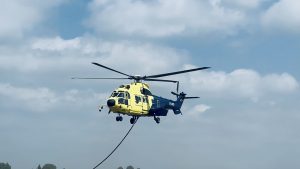
The crew on these helicopters consists of a commander pilot and a co-pilot in charge of communications and navigation. Alejandro Jimenez, commander in charge of the Super Puma that CMPC runs in Los Angeles, explained that the main purpose of these new aircraft is to help in the most important mission of all: protecting people and their homes. “It is a complex task that requires many actors,” said the pilot. He added, “The main ones are the firefighters working with the support of the aerial resources. Firefighters can’t do anything without aerial support, which is useless without firefighters.”
Each Super Puma can transport 15 firefighters quickly to any part of Chile. The pilot of the Los Angeles aircraft Ibon Morales explained, “Each engine outputs 1,800 horsepower, and we have two engines that let us take off and land anywhere inside of Chile. With it’s 2,000-liter fuel capacity, we can fly more than three hours without stopping.
These helicopters have just been added to the company’s existing firefighting resources, which include aircraft, 1,220 heliports and GPS helipads, 32 landing strips and water loading runways in conjunction with Conaf and Corma, 441 water source points for loading helicopters and 64 aircraft loading pools. They also have 108 ground combat brigades, 12 tanker brigades and 8 mechanized brigades that specialize in building firewalls. In total there are 1,200 firefighters on the ground fighting these fires.
The CMPC Forest Protection Deputy Manager Raúl Serrano said that with these two new aircraft they hope to give more support to those who are fighting the fires on the ground. Serrano further explained what motivates the company to continue acquiring more resources, “We have a tight bond with our neighbors. That’s why our main mission, in addition to preventing new hotspots, is protecting residential areas, meaning the people themselves. More than half of the fires we fight are on third-party terrain.”
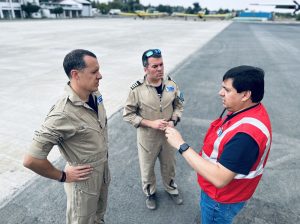
Teamwork
The expert pilots said that the work of the Forest Brigade is at the heart of these efforts. “This is a complex area that requires many actors, although the firefighters working together with the support of the aerial resources are the main ones,” said Ibon Morales.
Pilot Luis Alcina said that when arriving at the water drop zone they have to coordinate with other aircraft to find the water access points, conduct an environmental risk analysis and initiate the teamwork. The reason is that, “The areas where they need us to make the water drops is right where the forest firefighters are working on the ground. We have to coordinate with them because we work as a team. First we diminish the flames, and then the fire crews finish off the fire.”
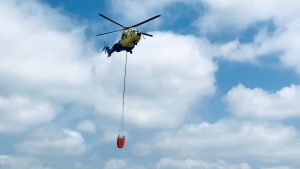
Prevention, everyone’s job
Another aspect highlighted by the pilots is, “Prevention and being careful is the job of citizens. If they see a forest fire, they should alert the specialized teams. Never cross the line of fire because they’d be in danger and might put the whole operation at risk,” says Alcina.
Ibon Morales, just like his colleagues, left his family behind in Spain to support the forest fire prevention and fighting in our country. He calls on Chileans to prevent fires and to protect themselves and nature. “My message to the citizens is that we live in nature. We are nature and if we destroy nature, we have nothing. In order to protect it, we have to prevent runaway fires and always properly use controlled fire. We must realize that we are nature, and we live in it, so we must remain connected to it.


